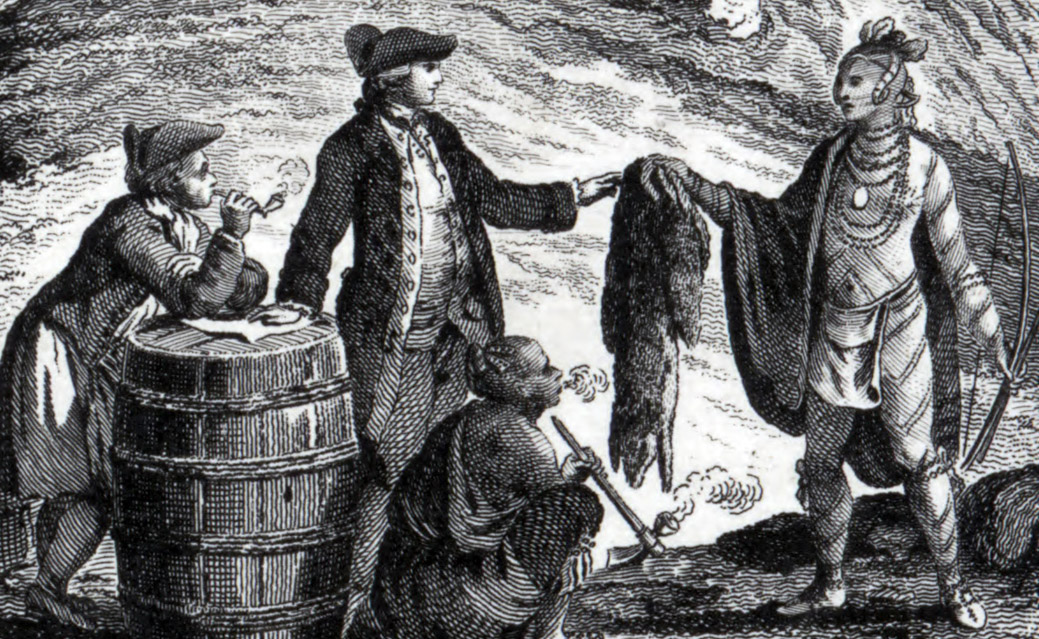A brief history outlining Canada’s oppression towards Indigenous communities
Indigenous communities face challenges over the course of several years despite failed efforts by the Canadian government to preserve their rights.
For several years, Indigenous communities have fallen victim to countless statutes enacted by the Canadian government. Despite efforts to make amends and reconcile with Indigenous people, segregation and systemic racism continue to exist.
The inability of Indigenous peoples to practice their heritage, culture, language, and traditions has been referred to as an act of cultural genocide. As tribute to their rich history, this article will exhibit a number of historical markings.
The Indian Act
In 1876, the federal government passed The Indian Act, a law that governs matters pertaining to Indian status, bands (groups of Aboriginals), and Indian reserves. The document outlines assimilation policies that terminate the cultural, social, economic, and political distinctiveness of Aboriginal peoples by assimilating them into mainstream Canadian life and values.
First Residential School
During the 1870s, the first residential school opened with 150,000 attending. These schools were operated by churches and religious organizations. The aim of these schools was to assimilate children into Euro-Canadian culture. At the time, several individuals protested attendance to poor conditions, mistreatment, and the inadequate quality of schooling.
Many children refused to relinquish their languages and identities, some escaped the schools to return home to their families while others died in the process. Nearly 6,000 individuals passed away in these schools.
The Adoption Scoop
From the 1960s to the 1980s, thousands of children were removed from their families and taken to non-Aboriginal homes where they were raised under new values and belief systems. Many children lost their names, forgot their language, and were abused in these new settings. In 2017, an Ontario judge ruled the failure of the federal government due to the 16,000 Indigenous Ontarians that were separated from their families.
Potlatch Law
In 1884, potlatches were banned by the federal government because of section 141 of the Indian Act. Potlatches are gift-giving ceremonies for coastal First Nations in the west to celebrate and distribute wealth within Indigenous communities. The prohibiting of this tradition was a major roadblock to self-governance for First Nations. Section 141 also made it hard for Indigenous community members to hire legal help to fight for their rights.
The Spirit Sings
In 1988, Aboriginal peoples protested The Spirit Sings exhibition. The Lubicon Cree, a Cree First Nation in Northern Alberta, posed a concern with Shell Oil, one of the exhibition’s exclusive corporation sponsors, because the company had destroyed their lifestyle.
Canada Guilty of Genocide
In June 2019, the National Inquiry into Missing and Murdered Indigenous Women and Girls found Canada guilty of historic and ongoing genocide against Indigenous women and girls. The violence against and disappearances of Indigenous women and girls demonstrates that the treaties, amendments, and reconciliation act to be ineffective in protecting these women.
Revision of The Indian Act
After the Second World War, there was a shift in addressing atrocities. Canada’s commitment to the United Nations’ Universal Declaration of Human Rights led to the revision of the Indian Act. Oppressive sections were taken out to grant Aboriginals with Canadian citizenship status to change from being viewed as a separate isolated and ostracized group. The original document promoted a social and cultural disruption for these communities and committed a major human rights violation.
White Paper Policy
Similarly, in 1969, Prime Minister Justin Trudeau proposed the “white paper” policy to abolish the Indian Act and dismantle the Department of Indian Affairs. This policy effectively lumped Aboriginals in with the rest of Canadian citizens. Indigenous peoples rejected the policy and the government dropped it because First Nations communities believed assimilating into mainstream Canadian society was not the means to achieve equality. They wanted to maintain legal recognition as Indian people to embrace their cultural heritage and secure the right to self-governance.
To this day, the appropriation of cultural artifacts continues to result in conflict.
Several Canadian museums, such as the Lachine Museum in Montreal, display medicine bundles, totem poles, funerary objects, and wampum, which are all considered sacred by Indigenous communities. Museums also house Indigenous human remains.
Countless Indigenous communities continue to live in fear and poor living conditions without receiving adequate protection, which demands greater resources to address issues of violence, segregation, and inequality in all aspects of life.
Staff Writer (Volume 48) — Anjalli graduated with a Specialization in Political Science and a minor in English. Through her contributions at The Medium, she aims to educate readers on the unique complexities of life and how we strive to overcome challenges collectively through policies and voice. In her free time she enjoys reading the latest news, meditating by her Saje diffuser, or looking at Pinterest for fashion inspiration. If you ask Anjalli what her favourite food is, she’d reply “a green dragon sushi roll!”


